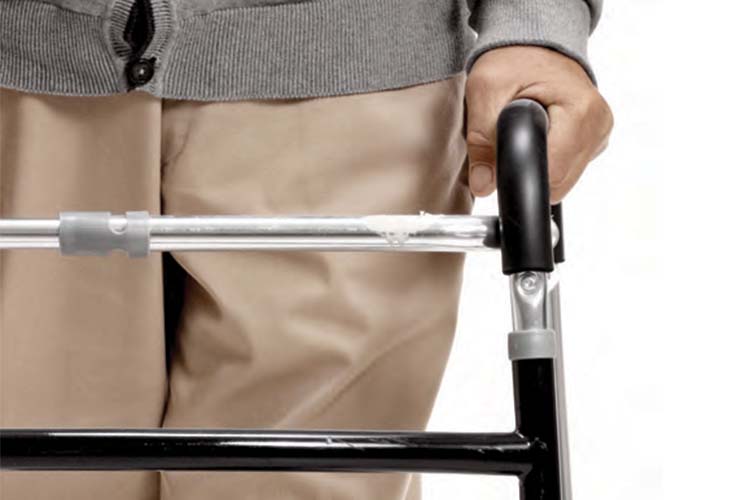Common Physical Changes After a Stroke
Physical changes that follow a stroke are the result of injury to the brain and may include one or more effects.
Weakness or paralysis on one side of the body
Fatigue
Spasticity
Seizures

Stephen Bishop began rehabilitation in the hospital using a walker, which he nicknamed “Cordell”—after Chuck Norris’ character on Walker, Texas Ranger.
“I use humor to get through pain,” Stephen said. When his one-year-old grandson, Carter, visited him in the hospital, he practiced walking in tandem with Stephen down the hospital halls.
Once he returned home, Stephen’s recovery and rehabilitation were slow but steady. He graduated from “Cordell” to his cane, which he referred to jokingly as “Horatio” after David Caruso’s character on CSI: Miami.
He hopes to inspire other survivors to stay focused and take charge of their recovery. “Even if you’re taking baby steps, you’re moving toward your goal of getting healthy,” he said
| Stephen Bishop |
Excerpted and adapted from “Take Baby Steps Toward Your Goals,” Stroke Connection® Winter 2018